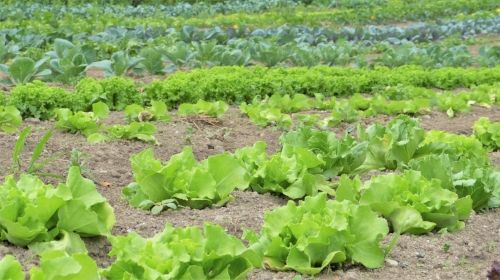PRUNING FOR PROGRESS: PART 1

Do you have a green thumb? Are you able to grow lovely flowers, or do you have a garden where you plant your own fruits and vegetables? If you do, my hat is off to you! You have a special talent, and I know it takes a lot of work! I must confess, growing any kind of plant has never been one of my strengths, but I am interested in how it is done. Some people are able to grow incredible flowers and plants. Have you ever wondered how they get those large, award-winning vegetables and the grand, beautiful blooms? Why are some so fruits so much bigger than other ones of the same variety? I understand that the secret to getting outstanding results is pruning the vines and the trees.
Pruning is the selective removal of certain parts of a plant. Reasons to prune can be for deadwood removal, for shaping, or for increasing the yield and quality of fruits or flowers. Pruning is a necessary part of gardening, and I believe that often it is also a necessary action in life. Today I want to look at the benefits of pruning in our lives. Pruning, or cutting away, some areas can be life-changing.
There are three reasons for pruning. Pruning is done for heath, for shape, and for focused productivity.
1. Pruning for health is cutting away the dead or diseased branches. It is clearing away the unnecessary and the detrimental so that what remains can flourish.
2. Pruning for shape is removing everything that does not fit into the picture of what that tree or shrub should be. I saw a shrubbery at Disney that was shaped like Mickey Mouse. It was a incredible display of how a bush can be pruned to a specific form, and it was done by cutting away all the branches and twigs that didn’t look like Mickey. This is exactly what Michelangelo meant when he said, ‘I saw the angel in the marble and carved until I set him free.’
3. Pruning for focused productivity is cutting back branches, even though they are healthy, so all the resources of the tree to be concentrated toward what remains. Pruning a fruit tree is a great example of this. Let’s look at a peach tree. There is a limited amount of energy that each tree has for producing fruit. This is based on the size of the tree and the amount of sunlight, water, and fertilizer available to that tree. If a tree is not pruned, its energy will be equally divided among the hundreds of buds the tree produces and it will grow hundreds of very small peaches. When a peach tree is pruned, many branches with healthy buds are cut off. This reduction causes the tree to concentrate all of its energy on the buds that remain, and it then produces dozens of large, juicy peaches.
Pruning can be very helpful in life as well. You already prune in many areas. Think about cleaning out your house or your office. You evaluate. You reduce. You cut. I love the quote by William Morris: ‘Have nothing in your home that you do not know to be useful or believe to be beautiful.’ Prune away everything else.
We even prune our words. Imagine the hundreds of small unnecessary statements that come to your head, but you prudently do not say out loud! This conventional wisdom on culling our speech is my favorite: ‘If you propose to speak, always ask yourself, is it true, is it necessary, is it kind?’ Prune away everything else.
Here’s the primary factor required for effective pruning: you must have a vision of what you want your life to be. You must have goals and a plan. Otherwise, how will you know what is an obstacle and what is beneficial? So, let’s move forward with the understanding that you have a life vision.
Check back next week for part 2 of this series…